
views
Dealing with Confusing Passages

Keep reading to see if you can figure it out. It’s easy to get hung up on confusing parts of books. Read the paragraphs immediately before and after the passage that you don’t understand. If you’re still confused, read a few more pages forward. Sometimes, putting confusing passages into the wider context of the book will help you reach a sudden “ah-ha!” moment.

Re-read the confusing part. Read the passage over at least twice, and maybe 3 or 4 times. Each time, focus especially hard on the sentences that are really tripping you up. You may find that this extra level of concentration clears up your confusion.
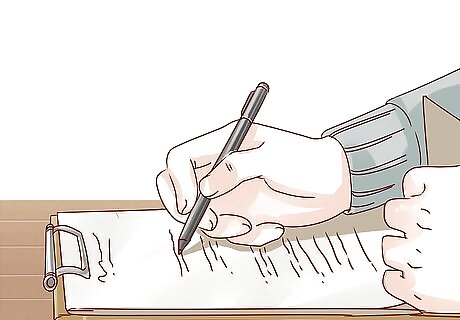
Break it down into sections for outlining. Identity the beginning, middle, and end of the passage. Figure out what the overall purpose of the passage is, along with each of the sections. Write down this outline on a piece of notebook paper. Maybe you’re stuck at a description of the Battle of Gettysburg in an American History textbook. Write a timeline listing the start, major turning points, and end of the battle. Next to the timeline, note how each phase of the battle shifted the advantage to one side or the other.
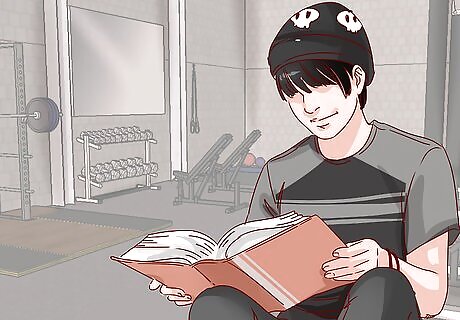
Check to see if there are examples. It’s easy to get confused when books talk about complex terms or ideas. Luckily, lots of authors will quickly move on to examples to better show what they’re talking about. If you don’t see the example right away, keep reading, as there may be an example a few pages ahead.

Look up things you don’t understand. You may be confused because there’s a word or reference you don’t recognize. Use a dictionary, the Internet, or even the local library to check on these spots. This may quickly help you understand what you’ve just read. When looking online, be sure to look for credible websites. Try for .org or .gov sites first. Keep an eye out for articles that have misspellings or grammatical errors. By looking up terms and concepts you don't understand, you get a more full picture of what's going on. These context clues are important to understanding hard books! If you use Apple or Kindle books, you can look up words and terms right on the same screen.

Finish the book and come back to the confusing spot. Don’t let the confusing passage keep you from finishing the book. Make your best guess about what’s going on in the passage and read on. You can only really understand a book if you read it from start to finish! Write down the page numbers of any passages in a book that you can’t puzzle out right away. Once you’ve finished reading the entire book, go back and see if they make sense to you now.

Ask for help when you’ve finished the book. If you’re still struggling to understand confusing parts of the book, turn to a buddy. This could be a friend you know who’s also read the book, a teacher, or a family member. If you’re both confused, you may be able to figure it out by working together and discussing the book.
Setting Yourself up for Success While Reading

Find a good spot for reading. Avoiding distractions will help you stay focused on your book. Choose someplace away from the TV. Turn your phone on silent, and set it slightly away from you. Be sure there’s a lamp or window nearby to keep you from straining your eyes while reading.

Make sure you’re in the right frame of mind to focus. Sometimes it may be hard to get into a book, even if you have a comfy spot, good lighting, and no distractions. If there aren’t any immediate time constraints, consider putting down the book and coming back to it at a later time. Try to choose a more relaxing time to revisit the book. For instance, you may find that you are better able to focus early in the morning, after working out, or when all your chores or tasks are done for the day.

Pick paper books over e-readers for better understanding. Your brain absorbs the unfolding of the story and information better when you read paper books. This is because you can observe the thickness of the book and use your body to interact with it (turning the pages, for example) while reading. If you prefer e-readers, that’s okay too! However, if you are struggling to understand books, try reading a paper one and take note of any changes that occur in your comprehension.
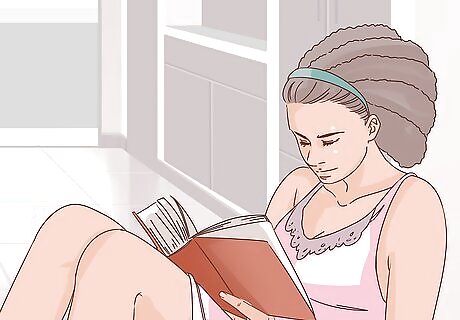
Read the book slowly but steadily. Take the time to process what you read. Try to set aside at least 20 minutes and up to an hour each day for reading. Don’t skip too many days without returning to the book, as you may forget what you’ve read. It can be helpful to re-read the last page, paragraph, or chapter when returning to a book. Think of it as recapping what happened, similar to the way a TV show might recap what happened in previous episodes at the beginning of the next one.

Check your knowledge of what has happened before moving onto a new section. When you get to the end of a chapter or section of a book, stop and ask yourself if you understand the major themes and events. If you recall what happened and have a good understanding, feel free to proceed. If you don’t, though, you should refresh your memory by going back over the previous pages, chapters, or sections.
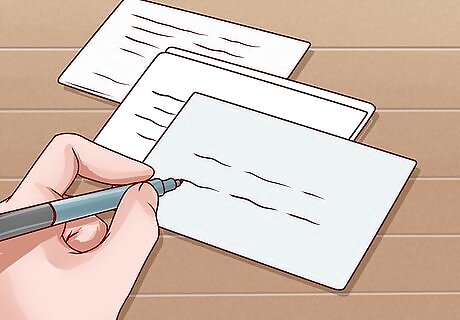
Take good notes while you read. Keep a notebook next to you while you read. Use several different pieces of paper to keep track of main characters or key terms, major plot points, big-picture questions, and things that confuse you. You can refer to these notes later to remember what the book was about. This is especially helpful for academic texts. When reading a book for pleasure, however, frequently stopping can disrupt the flow of your reading.

Join a book club to have group discussions. Talking about books is a great way to really understand them. Other people may notice things you didn’t, and vice versa. Talk to your friends or go to your local library to join or organize a club. You can also find book clubs and forums for discussion online.
Digging Deeper into the Book

Find information about when the book was written. Understanding why the book was written may help you with comprehension as you read. Go online to look up major events that were occurring in the world when your book was written. Write them down to create a reference sheet for later. It may also be important for you to think about who wrote the book. Maybe you’re reading a novel written by someone who was put in prison because they had opinions their government thought were dangerous. Think about what could be dangerous about the book you’re reading. This goes for textbooks, too! A history textbook written in 1950 might be really concerned with the Cold War, for example. You can also read articles about the time period or situation the book focuses on to help improve your understanding. For instance, consider reading about the hardships women in the early 20th century faced if you’re reading a realistic fiction novel about a female character in the U.S. during the 1920s.

Consider the purpose of the book. Pay attention to key lessons, depending on the overall point of the book. A romantic novel teaches readers about love and relationships, and that’s what you should be looking out for when reading. A science textbook, on the other hand, is meant to teach you about a particular subject, usually using key terms, examples, and the occasional anecdote.

Write a summary or analysis of the book. Even if you’re not reading the book for a class assignment, consider writing something down about the book once you’ve finished it. Briefly summarize the book, or use a longer piece to make your own argument about the significance and quality of the book.











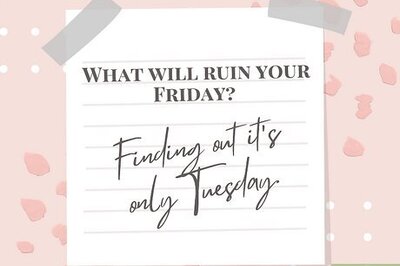








Comments
0 comment